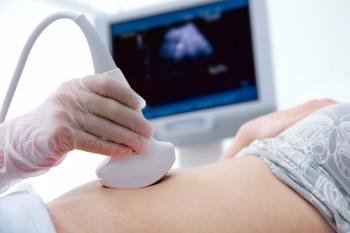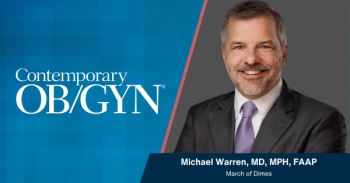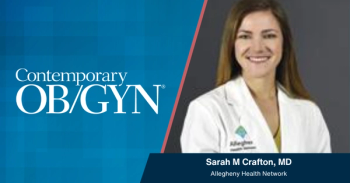
Are the benefits of mammography overstated?
A study examines whether or not the benefits ascribed to mammography have been overstated.
A new review of the Swedish randomized trials that have long influenced use of mammography for breast cancer screening may call into question the benefits of the technology.
Researchers from the University of Strathclyde Institute of Public Health compared how relative risk of cancer death was calculated in the 5 Swedish trials versus in 17 trials of screening for other cancers. They identified when the screening was offered to just the screening group versus when screening times were the same for both the screened and control groups. Investigators also looked at which cancer deaths were used for computing the relative risk of cancer deaths.
In the 5 Swedish trials, the relative risk calculations had used deaths due to any breast cancers found during the intervention period plus those in women in the control group whose disease was found at first screening. When the added breast cancer deaths were properly reallocated to the post-intervention periods of control groups, relative risks of 0.86 (0.75; 0.97) and 0.83 (0.71; 0.97) were found for cancers located during the intervention period and in the post-intervention period, respectively. This change in risk reduction indicates a constant reduction in breast cancer death risk over the course of follow-up, regardless of screening.
The investigators concluded that unconventional statistical methods in the Swedish trials led to overestimation of mammography’s contribution to reducing risk of death due to breast cancer. They believe that the risk reduction seen in the original trials was likely a function of a design that optimized awareness and medical management of women allocated to the screening groups.
Newsletter
Get the latest clinical updates, case studies, and expert commentary in obstetric and gynecologic care. Sign up now to stay informed.















